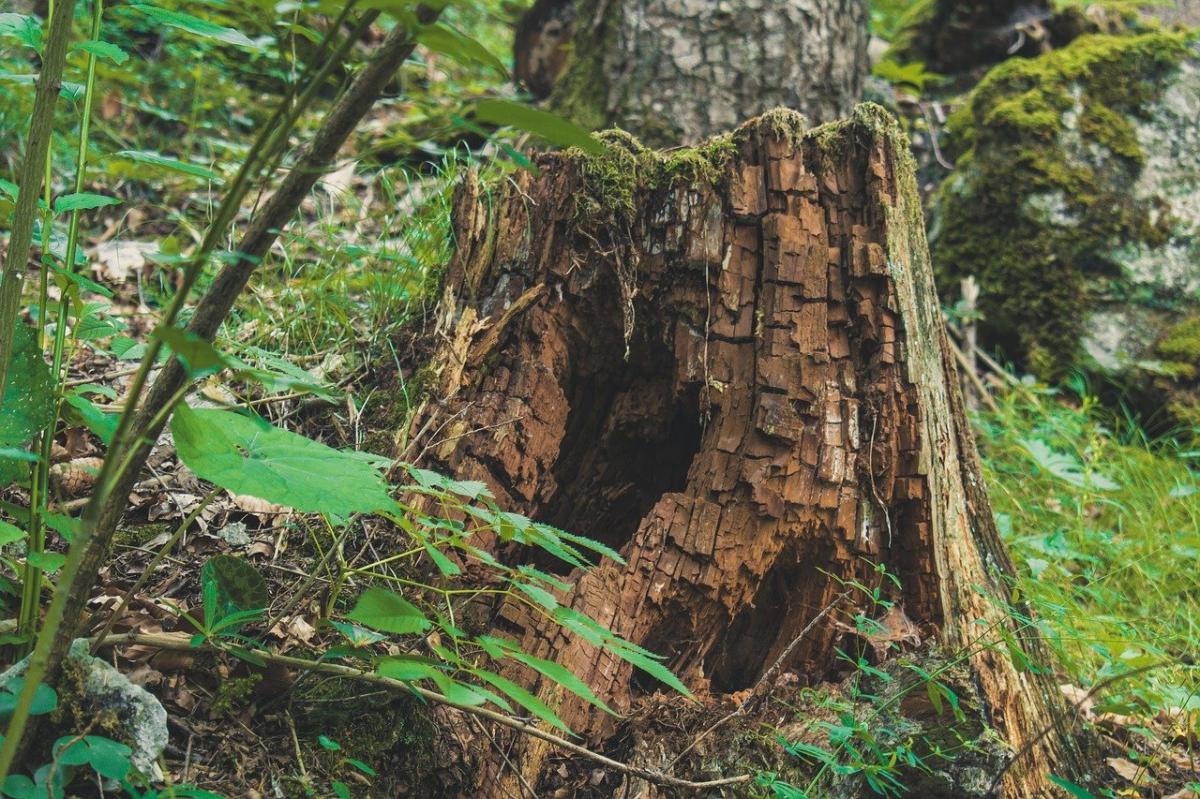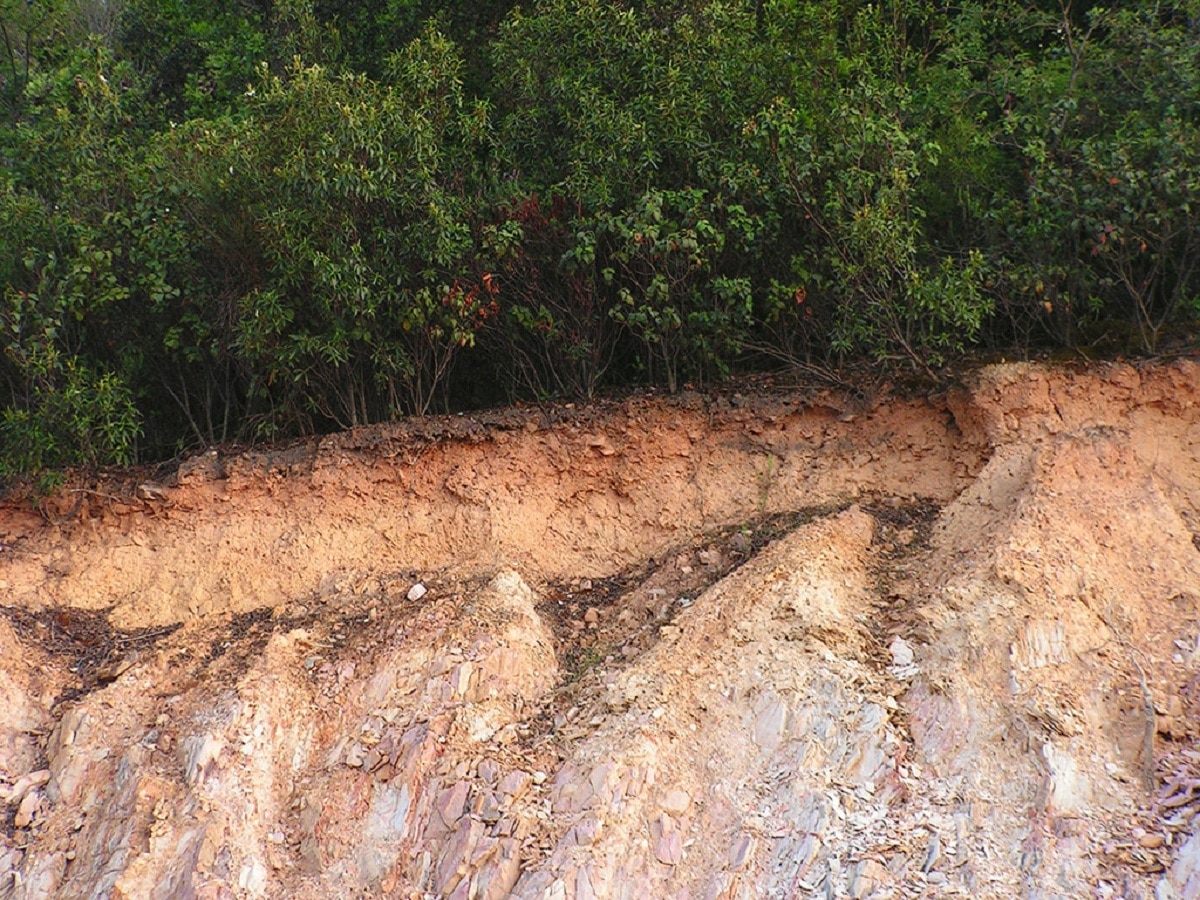
Edaphology is a fairly young science whose main objective is the study of the soil. It appears at the end of this last century and it studies the soil from all points of view. Study the morphology, composition, properties, formation, distribution, taxonomy, utility, recovery, and conservation. It is a branch that is also studied in environmental sciences since it has great applications in the environment.
Therefore, we are going to dedicate this article to tell you all the characteristics, study area and concepts of edaphology.
Key features

In edaphology there is a concept of soil and land that tends to be confused. However, the soil is considered to be the top layer of the solid surface of the planet. This layer is formed by the weathering of the rocks in which the plants are rooted. The soil is the particular ecological environment for certain types of living beings and thanks to this they can develop and reproduce. The concept of soil can also be said as a more or less loose mixture of small fragments of rocks and organic materials that, together with liquids and gases in variable proportions, have a certain productive capacity.
It must be taken into account that soil science is important for many branches. For example, when studying the usefulness of a soil for agriculture, it is important to know all its components and its productive capacity. When studying particles usually must take into account some main aspects. On the one hand, the characteristics of the place where it is located and the specific characteristics of the soil. Among these characteristics we have the composition, morphology and properties.
When we analyze the characteristics of the place to carry out a study in soil science, we must take into account the fundamental aspects. These are as follows:
- Terrain shape: corresponds to the factor of the relief in which the soil has been formed.
- Slope: the slope is the degree of inclination of the relief. The slope should be determined as accurately as possible. Normally it is usually referred to the middle of the slope where they are soil.
- Vegetation: the good use vegetation that is given to the land is studied in order to see the type of cultivation, whether artificial or natural, that exists. When we refer to artificial we refer to plants grown by humans.
- Climate: the climate is deduced from the data that is provided by the meteorological stations. Depending on the climate of an area, the characteristics of its soils tend to vary.
Aspects of soil science

We are going to see what are the main aspects of edaphology that have to do with the characteristics of the soil. The first of all that is to study in a soil is its morphology. From morphology, horizons, color, texture, porosity, trait of biological origin, human activity and structure are studied. All these aspects are important to analyze a soil in its entirety. We are going to see what all these points are and what they are about.
edaphic horizons
The horizons refer to the morphological diversity of the soil to establish a strict naming system. It is designated by a capital letter indicating the genetic type. Some letters are used for organic horizons, others for mineral horizons, and others to see which layers are made up of the more or less transformed original material. Some of the letters may be accompanied by others to describe an important feature that is not included in the definition of the corresponding capital letter. It is usually a number.
The transition horizons are those that are located between the two of the writings. In this way, we see that these inhabitants have mixed properties and it is difficult to lean towards one of them. Mixed horizons are those located between two main ones that are interpenetrated in such a way that they constitute a complete mixture. It differs from the other transition between both properties are completely mixed.
Color and texture in soil science
The color of a soil is highly variable but also very important. The matrix of the horizons and the presence of spots are differential when it comes to identifying the types of soils. All the essential minerals that make up the clayey fraction are whitish in color. However, it is not this usual color that the clays that are extracted from the ground have. The color is not in itself a frivolous property, but it offers us numerous characteristics about the formation of a soil and its behavior.
As for the texture, it is about the way in which the soil particles are distributed by size. Its determination must be made by means of a corresponding analysis. However, in the field you can indirectly see some small balls between the fingers to know what type of association is coming. With some experience, various textural types of soils can be distinguished.
Porosity, features and human activity

Determination of porosity must be done by indirect methods as well as permeability. The relationship between these two forms helps determine the density and water retention of the soil. The water retention capacity is important if the soil is going to be used for gardening or agriculture. All of them can inform us about the total volume of cigars that exists in a soil. It does not offer us the way in which the pores are distributed throughout the soil or their shape or orientation. However, it is a determining information for certain aspects of the soil.
Another notable aspect is the relative destruction between the various soil horizons. In many cases it is usually enough to explain its behavior. When we refer to traits of biological origin, we are describing the presence of an animal or the evidence of it at some point. For example, there may be remains from metamorphoses, galleries, nests, etc. Let them be traits of the presence of an animal. Human activity is also important to analyze in a soil that is going to be used for it. The presence of fragments of Lozada, debris, evidence of garbage or any material foreign to the ground and that there is evidence of human intervention is important to analyze.
I hope that with this information you can learn more about soil science and how it studies the soil.